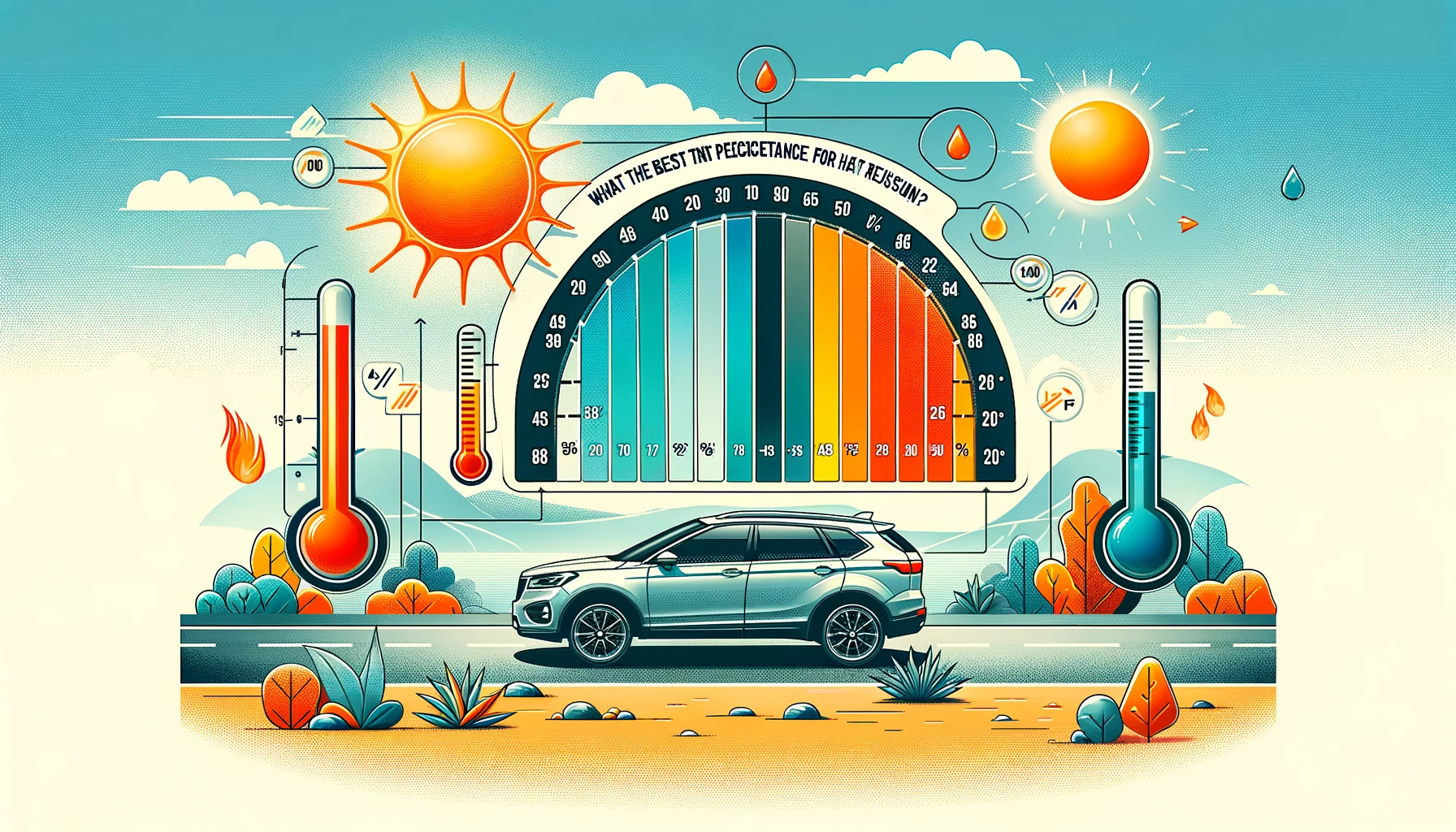The best tint percentage for heat rejection depends on a variety of factors. Car window tints as well as residential and commercial window tints come in different percentages. All those tint films feature heat rejection as one of the main advantages. The percentage of the light transmitted by any particular tint film is known as the “tint percentage”.
How do tint films reject heat?
Tint films reject solar energy and various types of waves coming from the sun including UV and infrared rays. The infrared rays convey most of the heat into the living space that they fall upon. By blocking all of these rays, car and home window tint films protect you and your family against heat from the sun. They keep the interior of your car, home, or office cooler than otherwise possible.
The best tint percentage for heat rejection
You have to keep various factors in mind when choosing the best tint percentage for heat rejection or otherwise. The car tint laws in your city will affect your choice if you are thinking of getting your car windows tinted. Most states have a cut off point around 15%.
That means that you have to choose a tint that allows at least 15 percent of visible light in. It makes 5 and 10 percent tint variants illegal. However, choosing the highest legal car tint in your state will help. It will keep most of the sun’s heat out of your space.
Get a quote for the best tint percentage for heat rejection
Call 786 330 6171 to get a quote for window tint application that will keep your spaces as cool as possible. You can also talk to us on WhatsApp by using the button below. We apply tint films to cars as well as residential and commercial windows across Florida.

